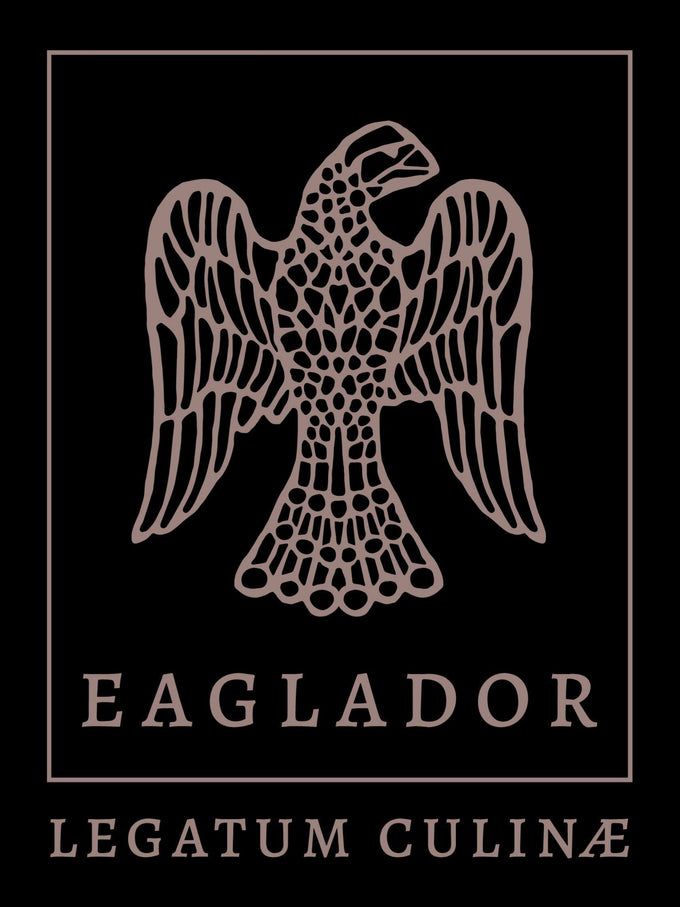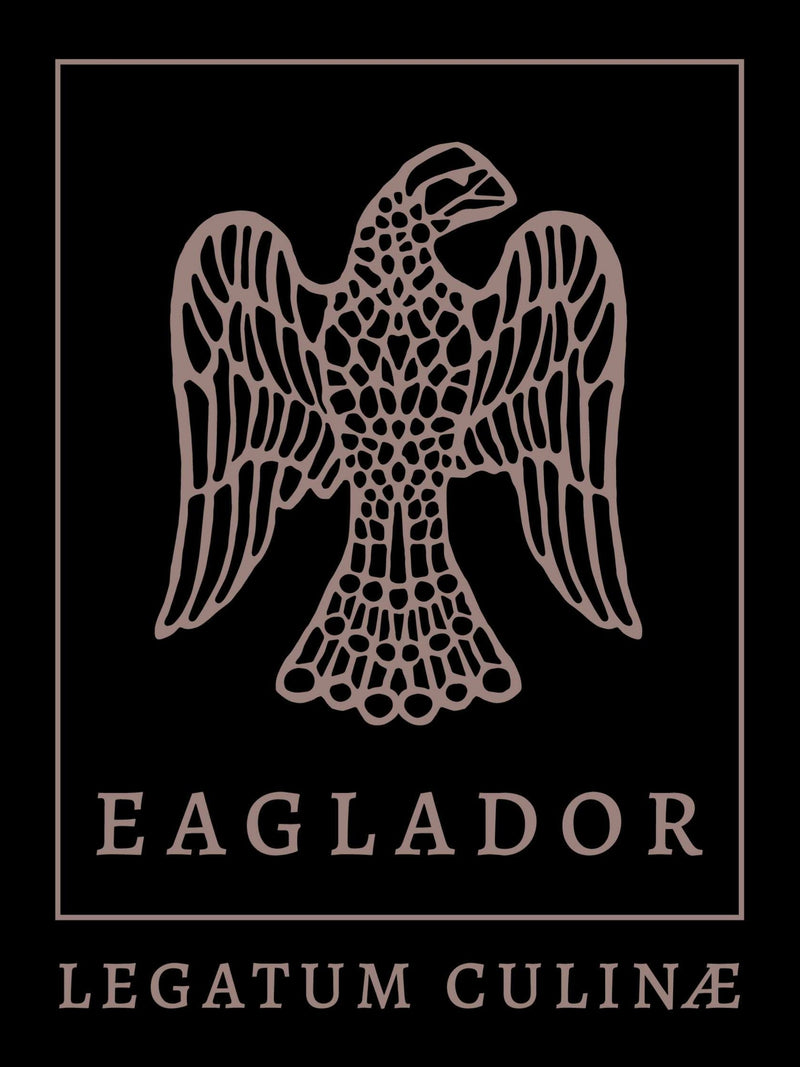Lost Wax Casting for Model Making | Eaglador

Lost Wax Casting: Eaglador's Artisanal Process for Premium Kansa Bronze Kitchenware
At Eaglador, the ancient lost wax casting method is our process for crafting luxury heavy gauge Kansa bronze kitchenware—the UK's exclusive premium toxin-free choice. This deliberate, time-honoured technique transforms a premium copper-tin alloy (78% copper, 22% tin—the divine ratio) into heirloom pieces that embody our Legatum Culinae philosophy: functional art that elevates modern UK homes with sculptural elegance, sustainable wellness, and unmatched durability. As the world's only producer of heavy gauge Kansa bronze cookware, we ensure each step honours traditional craftsmanship while delivering non-toxic luxury for gourmet cooking experiences.
1. Model-making - The Foundation of Sculptural Design
An original model is meticulously sculpted from wax, chosen for its softness to capture intricate details. At Eaglador, this stage infuses our premium bronze pans and cutlery with sculptural lines, blending heritage aesthetics with contemporary luxury for pieces that stand as statement heirlooms in high-end kitchens.
2. Mould-making: Precision for Premium Quality
A mould is created from the wax model, with a flexible silicone inner layer supported by a rigid fibreglass outer shell—forming an exact negative. This precision ensures our luxury Kansa bronze items, like our heavy gauge sauté pans, retain flawless forms that enhance both performance and visual appeal in UK homes.
3. Wax: Building layers of Excellence
Molten wax is poured into the mould and swirled to create an even 3mm coating, repeated for desired thickness. This step mirrors our commitment to heavy gauge construction, providing the superior durability that sets Eaglador's non-toxic luxury cookware apart for sustainable, wellness-focused cooking.

4. Removal of wax: Revealing the Core Form
The hollow wax replica is carefully extracted from the mould. This delicate process preserves the integrity of our designs, ensuring each premium heirloom piece—from Ayurvedic bronze pots to high-end cutlery—embodies timeless sophistication.
5. Chasing: Refining for Luxury Perfection
Using heated tools, imperfections and parting lines are smoothed away, dressing the wax to mirror the final product. At Eaglador, this chasing refines the sculptural elegance of our heavy gauge Kansa bronze, guaranteeing a flawless finish that elevates gourmet experiences in modern homes.
6. Spruing: Pathways for Molten Mastery
A tree-like wax structure is attached to provide channels for metal flow and air escape. This strategic setup is crucial for our induction-compatible luxury sets, allowing the divine ratio alloy to fill every detail without flaws.

7. Slurry & Shell: Fortifying for Durability
The sprued wax is dipped in silica slurry and coated with crystalline silica stucco, building a ceramic shell at least half an inch thick. For larger pieces like our heirloom cookware bundles, we reinforce for robustness, aligning with our heavy gauge ethos for lifelong performance.
8. Burnout: Melting Away the Temporary
The shell is kiln-fired to harden and melt out the wax, leaving a precise negative space. This step, removing all traces of the original wax, prepares for the infusion of our premium bronze alloy, ensuring non-stick patina development and ultra-conductive properties.
9. Testing: Ensuring Uncompromised Integrity
The cooled shell is checked for flow and sealed if needed. At Eaglador, this rigorous testing upholds our standards for toxin-free luxury kitchenware, guaranteeing pieces that enhance Ayurvedic wellness without leaks or weaknesses.
10. Pouring: The Birth of Heirloom Bronze
Molten bronze is poured into the hot shell to prevent shattering, then cooled. This transformative moment creates our heavy gauge masterpieces, infusing them with the strength and lustre that define Eaglador's high-end bronze cookware for UK enthusiasts.
11. Release: Revealing the Raw Form
The shell is broken away, revealing the rough casting. Sprues are removed for recycling, marking the start of refining our sustainable luxury items into polished heirlooms.
12. Metal-chasing: Polishing to Perfection
Air bubbles and sprue remnants are filed and polished away. This final chasing perfects the surface, readying our premium Kansa bronze for patina evolution—turning functional tools into sculptural art that define Eaglador's high-end bronze cookware for UK enthusiasts.


THE FINISHED PRODUCT




